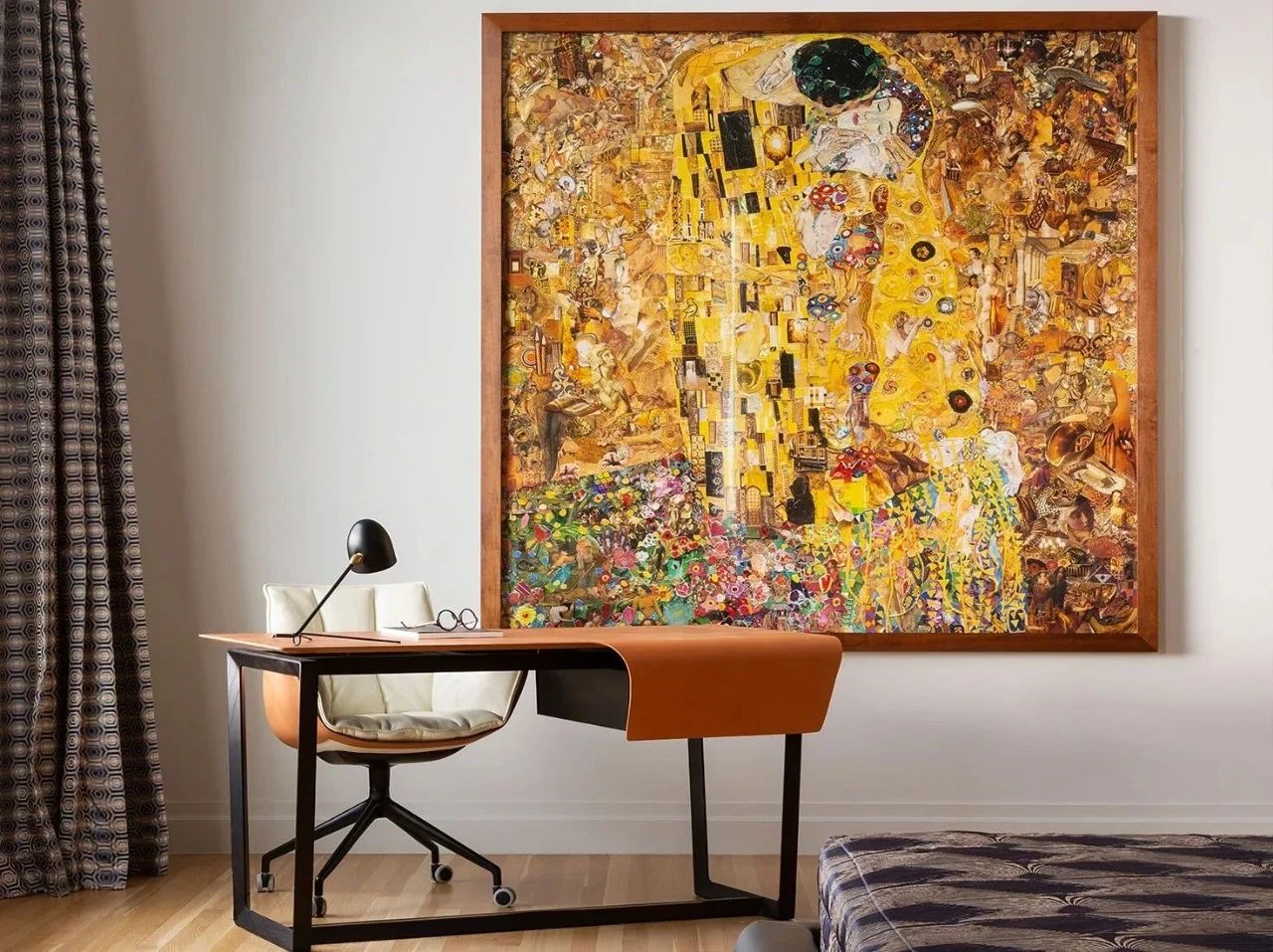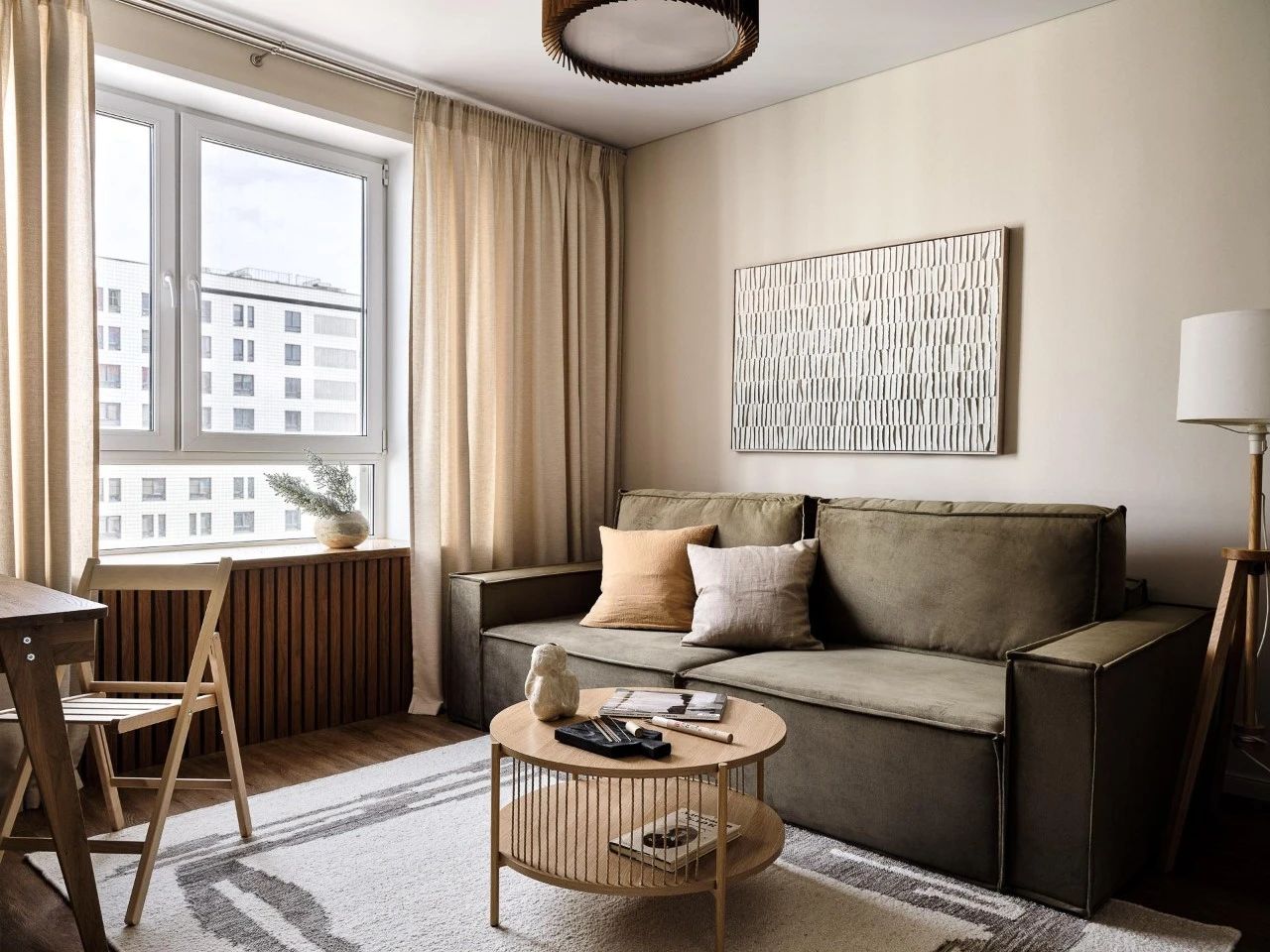Beauty Shop in Uematsu Poten
2017-10-23 19:00
© Kenta Hasegawa / OFP
(C)长谷川金塔(OFP)


架构师提供的文本描述。在长野市中心,该网站面向一条主要街道,街道两旁排列着各种大小的商店。由于这一地区有许多学校,人们经常看到儿童。这一计划设想了一座位于此地50多年的综合商铺和住宅的翻新工程。除了美容院的功能外,还需要广泛的其他功能,包括居住空间、出售杂项物品的空间、展览室、自修室和社区活动空间。因此,我们的目标是通过拆除隔墙,将结构划分成更小的空间,并通过移除2层的部分楼层,获得灵活的响应这些不同功能的空间。
Text description provided by the architects. The site faces a main street lined with shops of various sizes in the center of Nagano. Since there are many schools in the area, children are often seen. This plan envisioned the renovation of a combination shop-and-residence that had stood on this site for more than 50 years. In addition to the function of a beauty shop, a wide range of other functions were also required, including living space, space for the sale of miscellaneous items, and an exhibition room, study room and event space for the community. Therefore, the aims were to secure flexibility responding to these diverse functions by removing the partition walls that had divided the structure into smaller spaces, and an open ceiling space by removing part of the floor of 2nd story.
1st Floor Plan
一楼图则


一个嵌套的空间组成是通过在建筑内部建造一个在日本石米ITabari样式中完成的“盒子,”来创建的。当从街道上看到时,它起了一个眼止点的作用,同时也赋予了通过移除隔断墙而产生的单一空间的感觉。完成不是一个简单的二元概念,其中将保留现有建筑的哪些部分,并将其替换。目的是介于两者之间,以便融合新旧事物的对比。那个“治疗间的治疗”的一部分是漂白和打磨。在许多地方,由于时间上的污渍和污染,表面被变暗,但是有可能使用材料本身。
A nested spatial composition was created by constructing a “box,” finished in the Japanese shitami itabari style, inside the building. It functions as an eye-stop when seen from the street, while also giving a feeling of centrality to the single space created by removing the partition walls. The finish was not a simple binary concept of which parts of the existing building would be kept and which would be replaced. The aim was something in-between, so as to blend the contrast of old and new. Part of that “in-between treatment” was bleaching and sanding. In many places, the surface was marred by darkening due to stains and soiling over time, but it was possible to use the material itself.
© Kenta Hasegawa / OFP
(C)长谷川金塔(OFP)


© Kenta Hasegawa / OFP
(C)长谷川金塔(OFP)


从这个角度对现有的成员进行了仔细的审查。柱子、横梁、天花板和固定装置被漂白,地板被研磨和打磨,直到这些部分接近基材的状态。同样的“中间治疗”的概念也适用于那些随着年龄的增长而退化的部分,以及不能完全消除旧形态的部分。整个中庭部分被漆成白色,但随着时间的推移,不可避免的裂缝和其他缺陷被留在梁上,没有试图填满它们,而一些建筑材料,给人留下了一个凹室的印象,留在了中庭。
The existing members were examined closely from this viewpoint. The columns, beams, ceiling and fixtures were bleached, and the flooring was ground and sanded until these parts approached the condition of the base material. The same idea of “in-between treatment” was also applied to parts where deterioration with age and the old forms could not be completely eliminated. The entire atrium section was painted white, but the inevitable cracks and other flaws that occur with time were left in the beams, without attempting to fill them, and the some of the construction material, which gives the impression of having been an alcove, was left in the atrium.
© Kenta Hasegawa / OFP
(C)长谷川金塔(OFP)




© Kenta Hasegawa / OFP
(C)长谷川金塔(OFP)


考虑到每个空间的不同活动,适当地使用原有状态的旧材料、新材料和接受“中间处理”的材料,这些空间被赋予了鲜明的特征。
Considering the different activities in each of the spaces, the spaces were given distinctive characters by appropriate use of old materials that were left in the original state, new materials and materials that received “in-between treatment.”
© Kenta Hasegawa / OFP
(C)长谷川金塔(OFP)


用这种方式对空间所拥有的时间进行有意识的操控,创造了一种不存在的时间安排,仿佛它曾经是真实的。
The conscious manipulation of the time possessed by space in this way created an arrangement of time that doesn’t exist, as though it was once real once.
































Architects Poten-Poten
Location 380-0802, Japan
Architects in Charge Junki Kato, Kiyonori Sugiyama
Area 68.0 m2
Project Year 2017
Photographs Kenta Hasegawa / OFP
Category Retail
Manufacturers Loading...
























